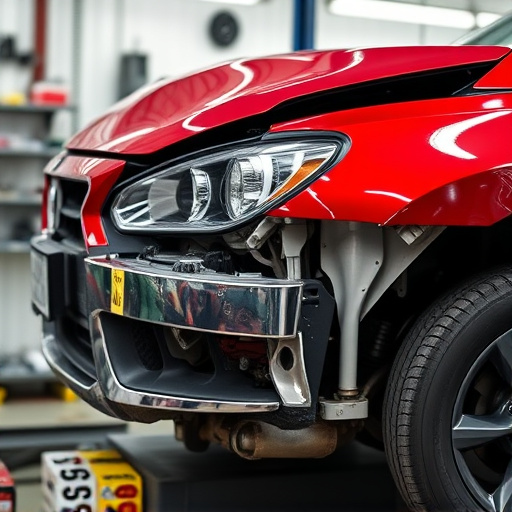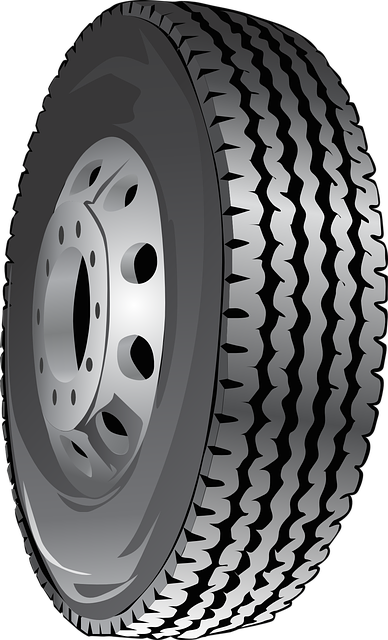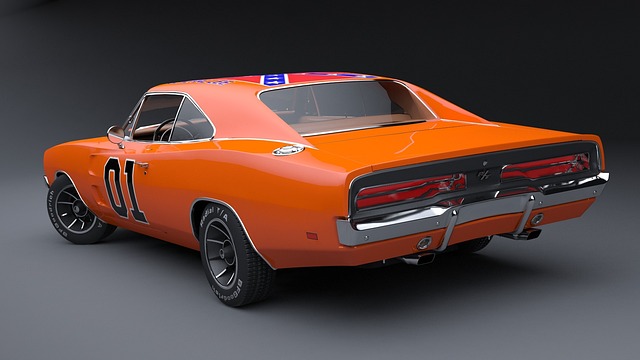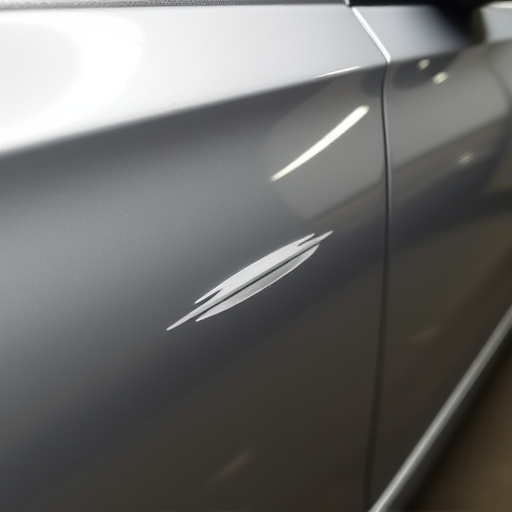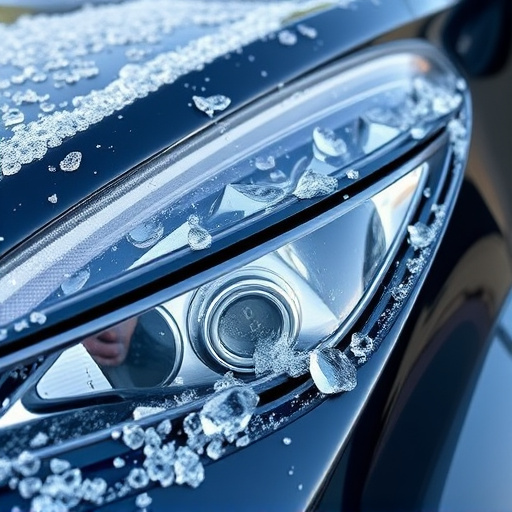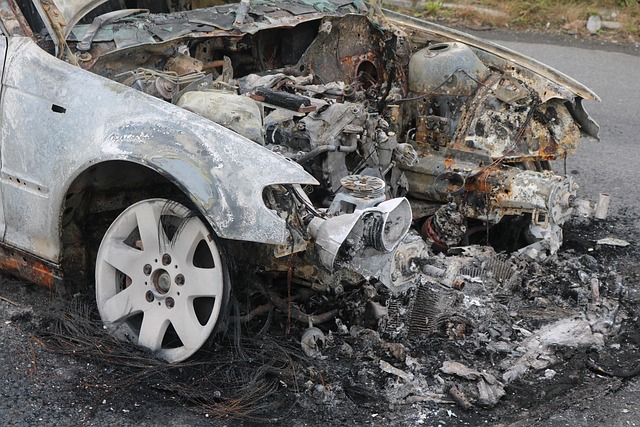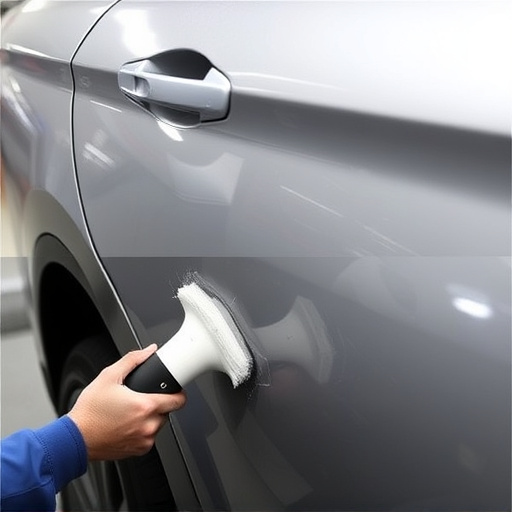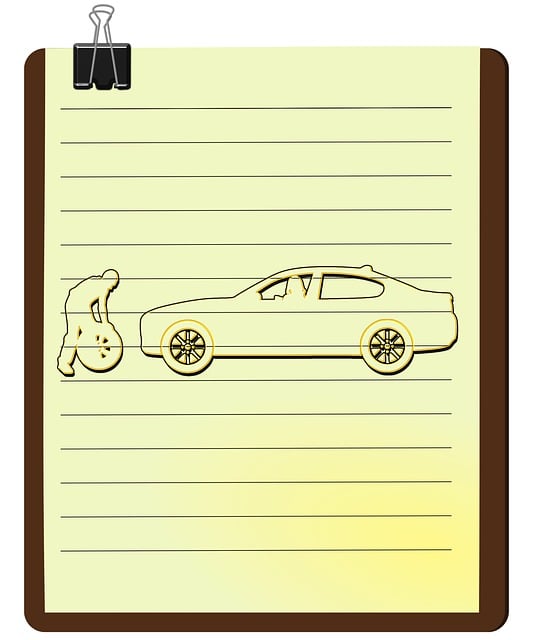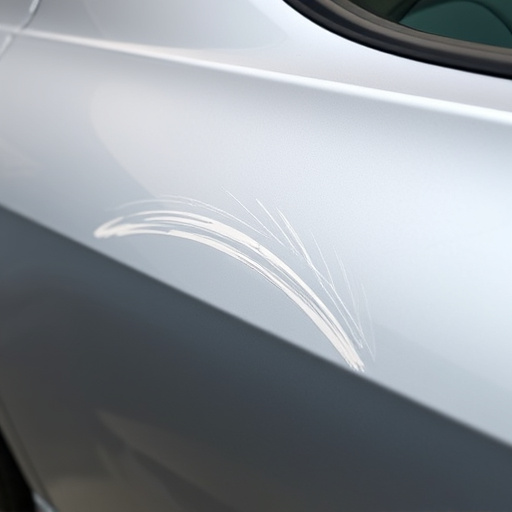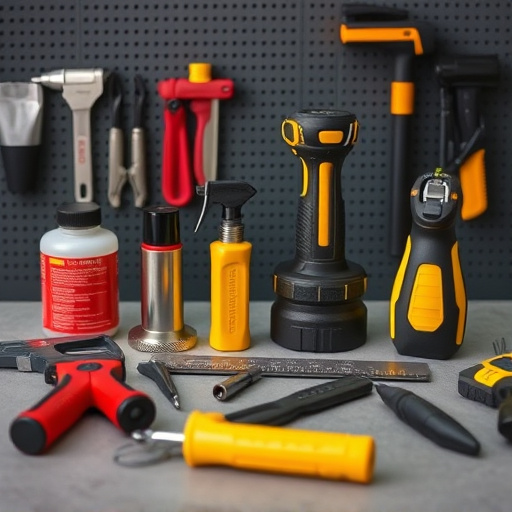Mastering OEM (Original Equipment Manufacturer) repair procedures is crucial for body shops aiming to deliver top-tier service, ensuring vehicles are restored to their original specifications and safety standards. By adhering to stringent guidelines and employing advanced techniques like paintless dent repair, shops can offer unparalleled expertise that matches factory-level precision. However, this field presents significant challenges due to complex designs, the need for precise matching of manufacturer standards, and constant technological advancements, requiring specialized tools, equipment, and training.
In today’s technological landscape, understanding Original Equipment Manufacturer (OEM) repair procedures is paramount for maintaining efficient and reliable machinery. This article delves into the intricacies of these repairs, addressing common challenges and providing essential guidance. From defining OEM repairs and identifying critical tools to mastering key tips like detailed documentation, proper training, and inventory management, each section equips readers with vital knowledge. Discover how these strategies ensure successful OEM repairs, enhance efficiency, and foster a robust supply network.
- Understanding OEM Repair Procedures
- – Definition and significance of OEM repairs
- – Common challenges faced during OEM repair processes
Understanding OEM Repair Procedures

Mastering OEM (Original Equipment Manufacturer) repair procedures is essential for any skilled technician or automotive body shop looking to deliver top-notch service. OEM repairs involve restoring vehicles to their original specifications, ensuring they function and perform just like new. This meticulous process demands a deep understanding of the vehicle’s design, engineering, and manufacturing standards set by the manufacturer.
By adhering to these guidelines, car body shops can offer high-quality repairs that match the precision of factory work. It involves accurately identifying parts, using the right tools and techniques, and following strict quality control measures. The benefits are clear: enhanced vehicle safety, improved performance, and satisfied customers who receive tire services with unparalleled expertise.
– Definition and significance of OEM repairs
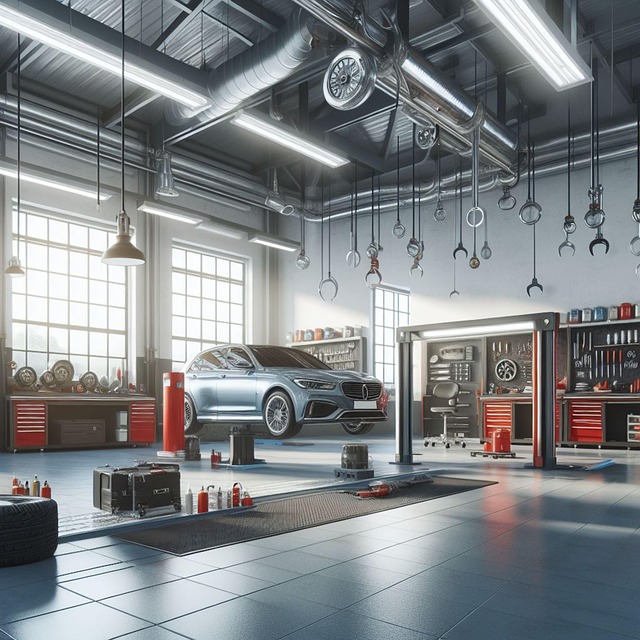
Original Equipment Manufacturer (OEM) repairs are a specialized field within the automotive industry, focusing on restoring vehicles to their original condition after damage or accidents. This process is significant as it maintains the vehicle’s integrity, value, and safety standards. When a car undergoes OEM repair procedures, trained professionals meticulously fix structural damage, ensuring the vehicle returns to its pre-incident state.
For instance, techniques like paintless dent repair (PDR) are employed to remove dents without painting, preserving the original factory finish. This meticulous approach is common in modern automotive body shops, where advanced tools and techniques enable precise repairs. OEM repairs not only enhance the appearance of the vehicle but also its overall performance, making it a crucial aspect for car owners seeking quality aftercare for their vehicles.
– Common challenges faced during OEM repair processes
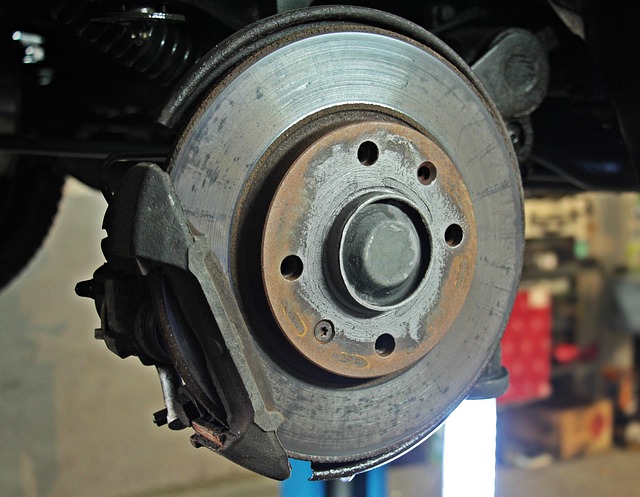
Mastering OEM (Original Equipment Manufacturer) repair procedures is a complex task that presents several challenges for even the most seasoned automotive body shops and technicians. One of the primary hurdles lies in the intricate design and precision required to match the manufacturer’s standards, especially when dealing with modern vehicles equipped with advanced safety systems and sophisticated materials like high-strength steel and composite parts. These components often necessitate specialized tools, equipment, and training for their effective repair or replacement.
Furthermore, the lack of readily available OEM parts can significantly slow down the repair process in a fender repair or vehicle repair scenario. This is particularly true for older models where parts availability might be limited. Additionally, keeping up with constant technological advancements across different vehicle makes and models can be demanding, as new repairs techniques and technologies emerge regularly, requiring continuous learning and adaptation within the automotive body shop environment.
Mastering OEM repair procedures is a valuable skill that ensures the efficient restoration and longevity of original equipment manufacturer (OEM) products. By understanding the definition, significance, and common challenges associated with these repairs, technicians can navigate complex processes with confidence. Implementing the ten tips outlined in this article will help streamline OEM repair workflows, leading to higher success rates and improved customer satisfaction. Staying informed about best practices is key to staying competitive in the tech-driven world of OEM repairs.
